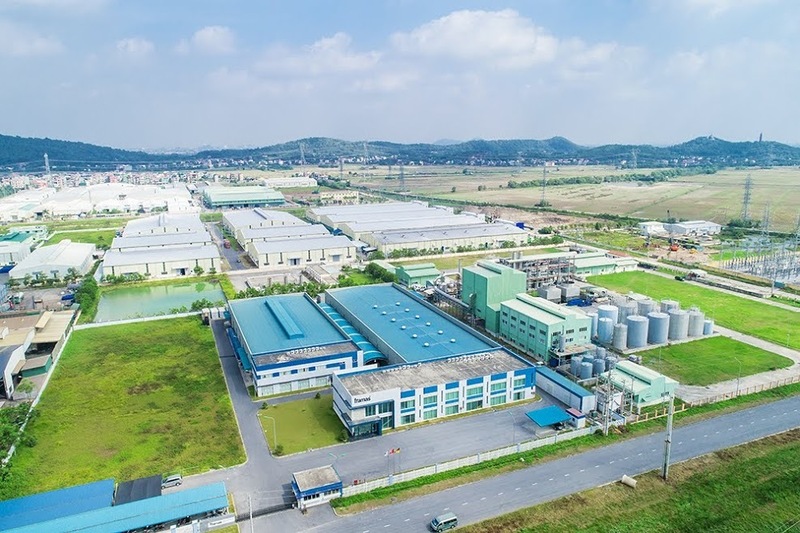
Vietnam’s sustainable development index rises, among ASEAN’s leaders
19:05 | 23/03/2025 00:05 | 18/12/2025News and Events
Vietnam currently ranks as the world’s 13th largest steel producer and leads ASEAN in both production and consumption. To enhance product competitiveness and align with the Government’s green growth targets, steel enterprises have stepped up efforts to green their production, invest in advanced technologies, switch to cleaner fuels, and accelerate the circular economy.
Lessons from Hoa Phat Steel
As one of the country’s most emission-intensive industries, the steel sector has been striving to mitigate its environmental footprint in recent years. According to Dinh Quoc Thai, Secretary-General of the Vietnam Steel Association, steel enterprises have been proactive in adopting advanced technologies to save energy, reduce carbon emissions, and transition toward greener steel production.
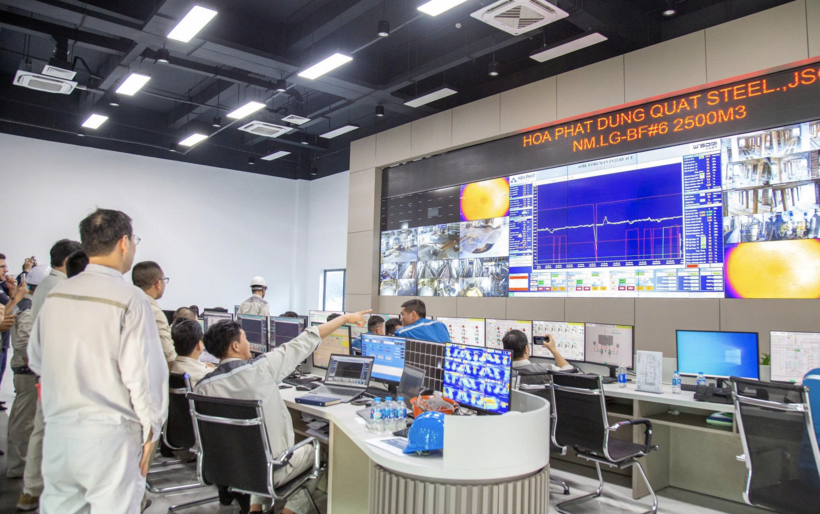
Engineers monitor technical indicators of the blast furnace from the central control room. Source: Hoa Phat
Similar efforts are also being made across Vietnam’s industrial sectors to promote green and circular production. Measures such as optimizing input materials, reducing waste, and improving production efficiency not only cut operational costs but also help enterprises meet increasingly stringent requirements in export markets.
Sharing on the issue, Ho Duc Tho, Deputy Director of the Hoa Phat Dung Quat Steel JSC (Hoa Phat Group), said the company has allocated 30% of its total fixed investment for integrated steel complexes to environmentally friendly technologies. By recovering residual heat from steelmaking to generate electricity, Hoa Phat has been able to self-supply 90% of its electricity needs.
To meet the demands of importing countries, Hoa Phat has conducted greenhouse gas inventories in line with international standards ISO 14064-1:2018 and ISO 14067:2018 for its product lines.
In early September 2025, Hoa Phat announced the commissioning of Blast Furnace No.2 at its Dung Quat complex. With a capacity of 2,500m³, the new furnace utilizes waste-heat recovery technology to improve energy efficiency, raising Dung Quat’s total steelmaking capacity to 12 million tonnes annually.
This furnace, designed and supplied by Danieli Corus (the Netherlands), doubles the output of Dung Quat 1 while consuming less energy. Hoa Phat has invested well above current environmental standards, particularly in reducing CO2 emissions and cutting energy use.
Technology as the cornerstone of green production
According to Hoa Phat’s representatives, technology and equipment play a decisive role in ensuring the success of sustainable projects. Hoa Phat Dung Quat 2 applies advanced production lines from leading European and G7 partners, including SMS (Germany) with its Basic Oxygen Furnace (BOF) and RH vacuum degassing technology, Primetals (the UK) with its thick-slab caster, and Danieli Corus (Netherlands) with its blast furnace system. These technologies ensure maximum product quality while keeping processes environmentally friendly and cost-efficient.
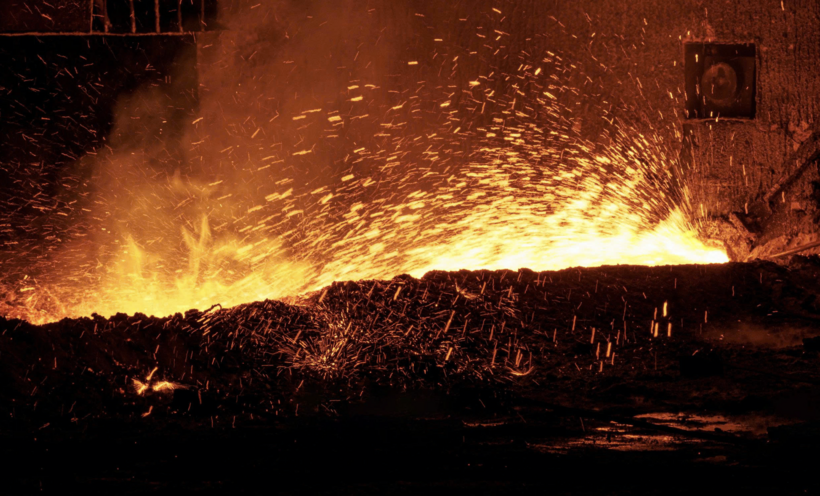
Molten iron produced by Blast Furnace No. 2 at Dung Quat 2. Source: Hoa Phat
As the largest steelmaker in Southeast Asia, Hoa Phat has invested in a modern closed-loop production model, recovering all residual heat and reusing excess gases from steelmaking as boiler fuel for power generation. This advanced system not only enhances production efficiency and product quality but also reduces energy consumption and operating costs.
These efforts underscore that, alongside internal initiatives, enterprises in steel, paper, and other industries require stronger support from state authorities, particularly through a clear legal framework that facilitates sustainable green growth while addressing existing challenges.
Dinh Quoc Thai noted that the Association recommends steel enterprises adopt a green transition strategy toward 2050, in line with Vietnam’s commitments at COP26.
“In the near future, to adapt to new regulations, steel enterprises hope the Government will soon issue a Development Strategy for the Vietnamese Steel Industry through 2030, with a vision to 2050, aligned with green and sustainable growth. At the same time, we hope to see specific mechanisms tailored to support the steel sector’s transition and sustainable production,” he said.
The Ministry of Industry and Trade has also confirmed that it is implementing supportive policies, including programs on sustainable production and consumption, and developing the environmental industry to provide legal frameworks and certification mechanisms. These measures are designed to help enterprises comply with regulations, pursue sustainable growth, and effectively integrate into global value chains.

19:05 | 23/03/2025 00:05 | 18/12/2025News and Events
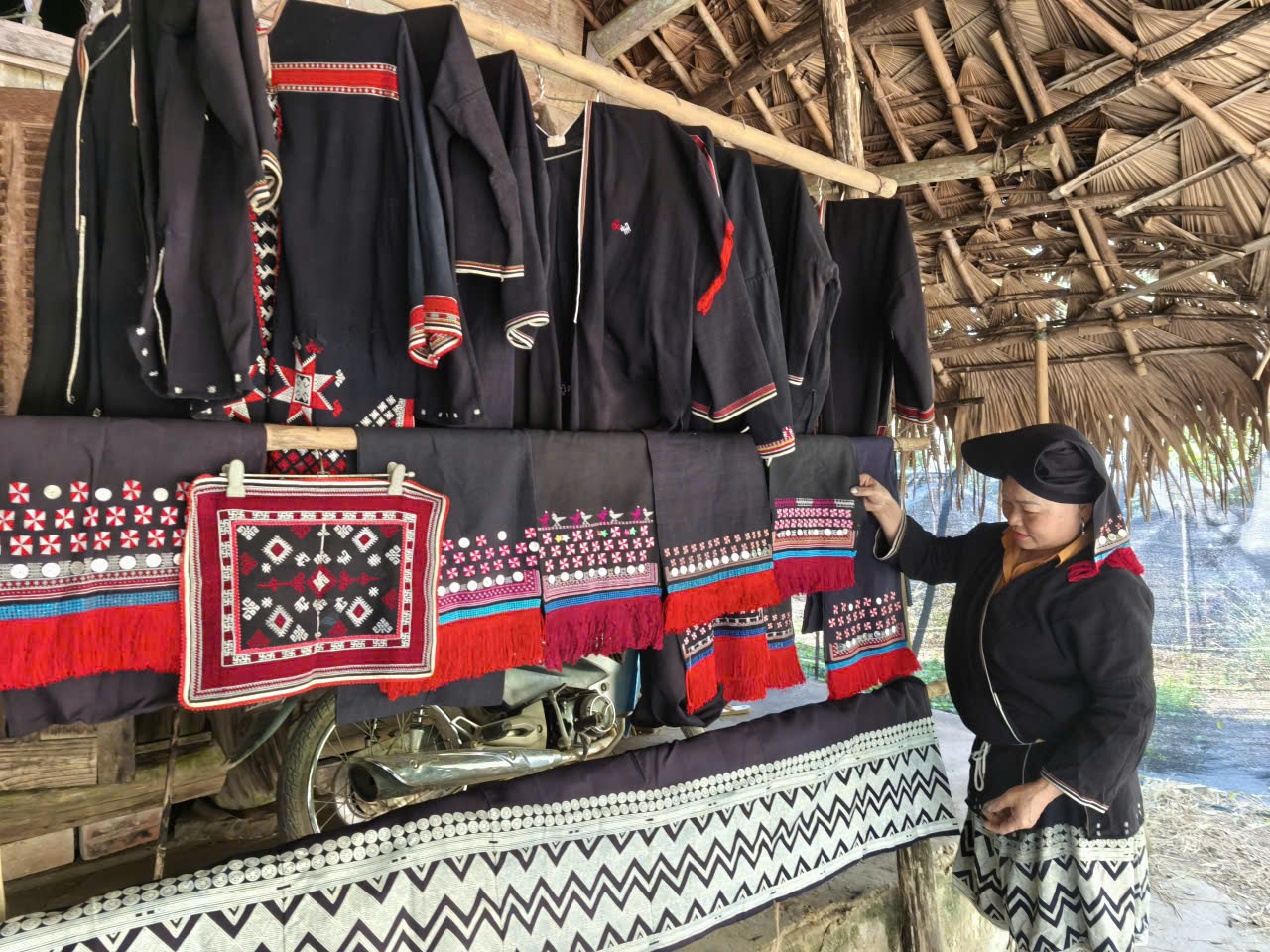
19:05 | 23/03/2025 00:03 | 18/12/2025Tourism
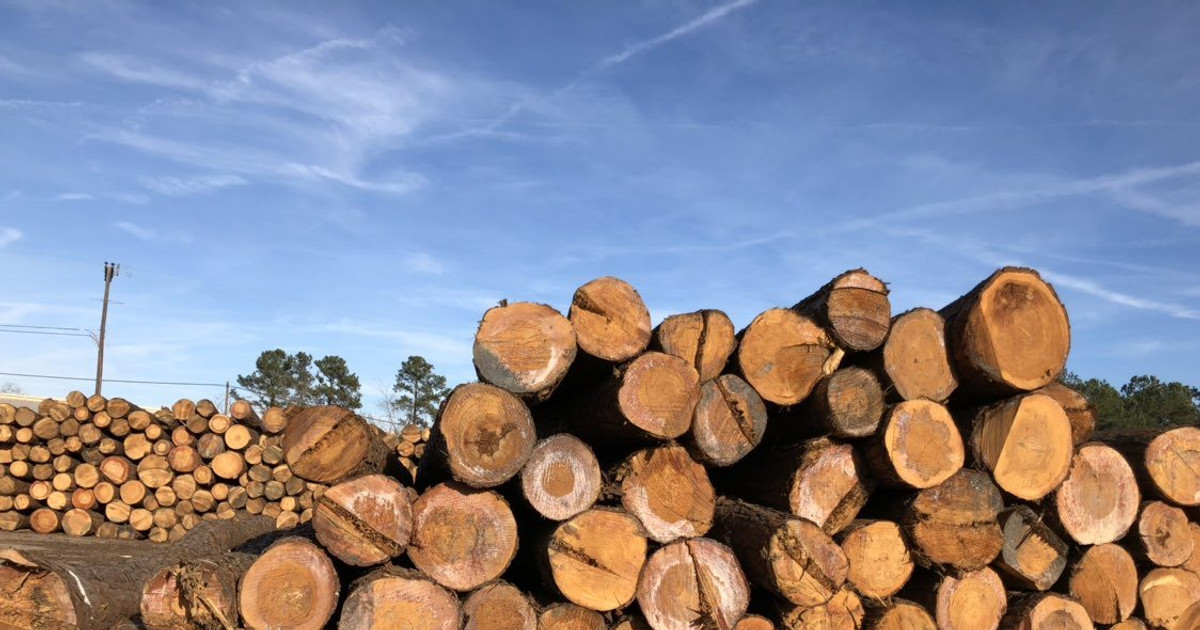
19:05 | 23/03/2025 21:58 | 17/12/2025Industry
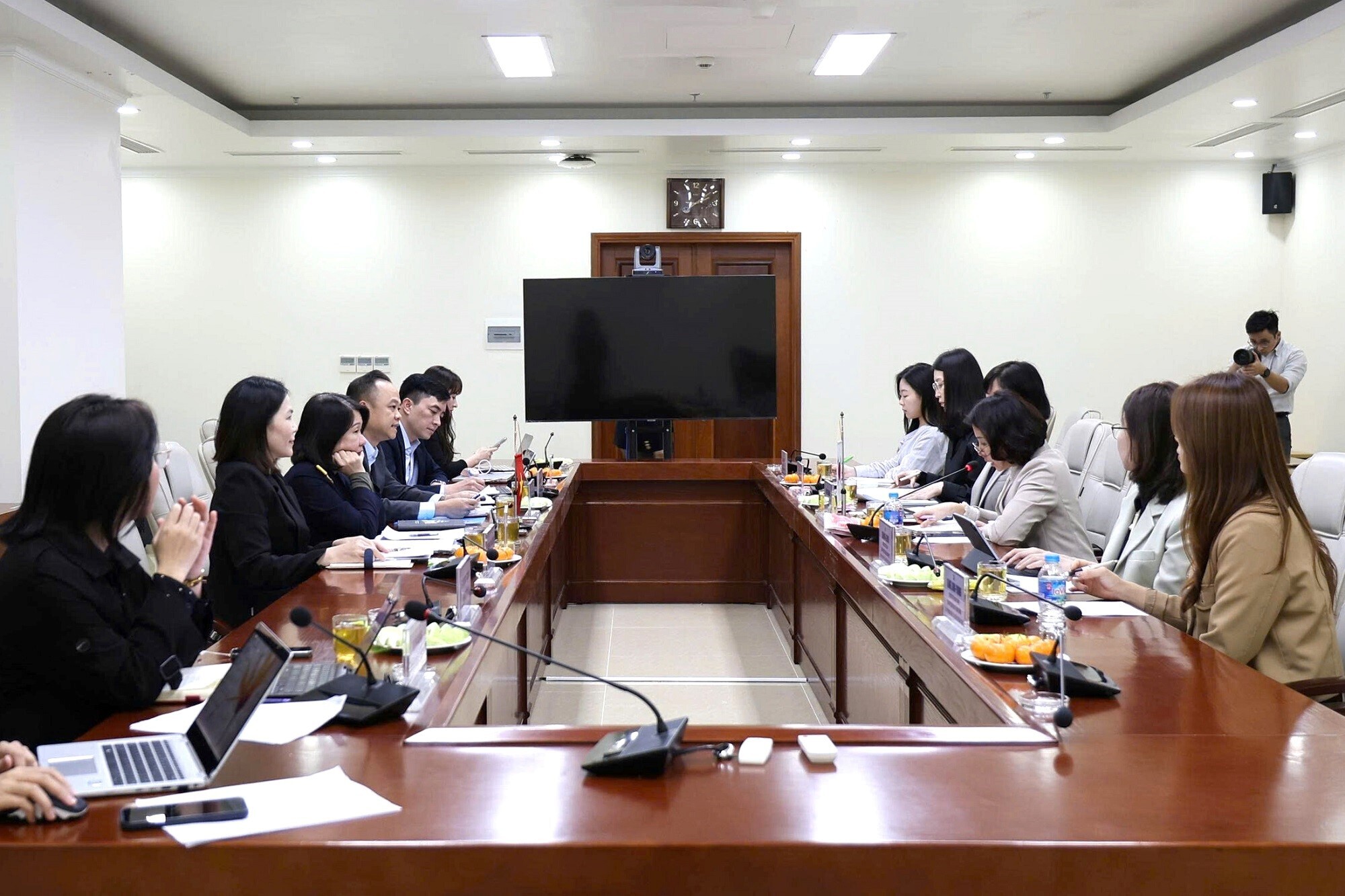
19:05 | 23/03/2025 15:28 | 17/12/2025Trade
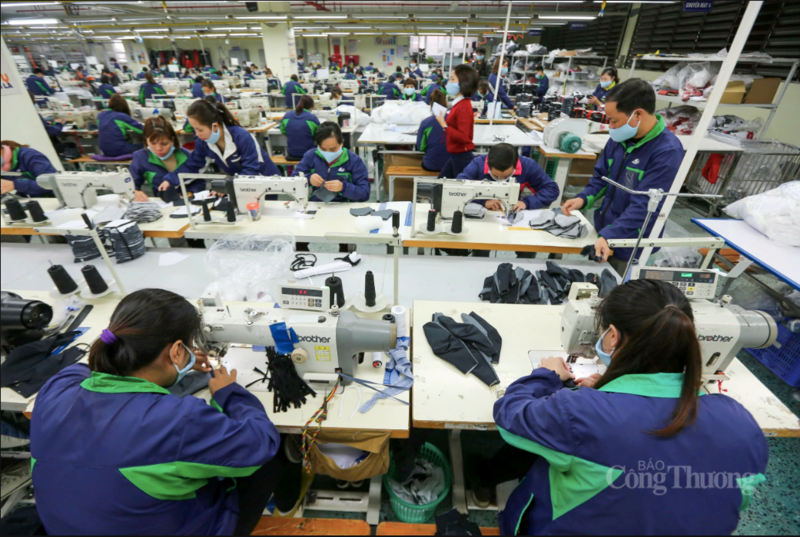
19:05 | 23/03/2025 11:18 | 17/12/2025Trade